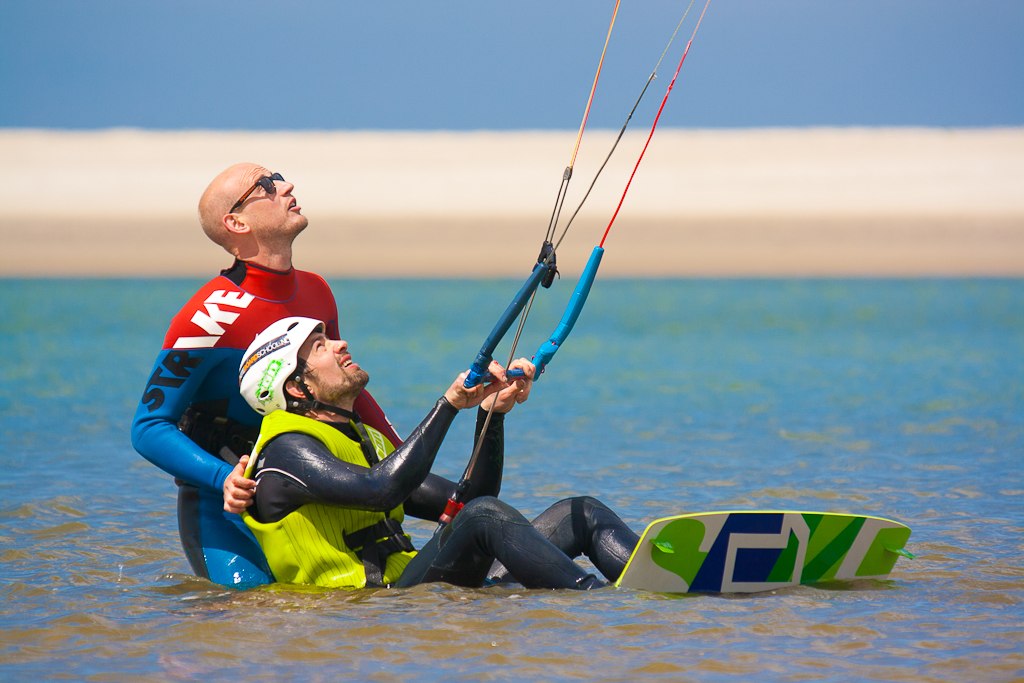
One of the questions I get asked by people just starting their journey into kitesurfing is, “If I was learning to kitesurf again how would I do it?”
Well over the years I’ve given this a rather large amount of thought…mainly so I could improve the way I teach and I’ve nailed it down to a few crucial elements which I consider essential if you are to learn in the fastest time possible with the least frustration.
Lets go into them in order, starting right at the beginning:
Before you even start to look at a suitable location to learn in or decide which school to use there’s one element which is crucial to sort out if you’re to be successful, you must…
Carve Out Your Time To Learn
By this I mean, give yourself a reasonable amount of CONDENSED time to crack it.
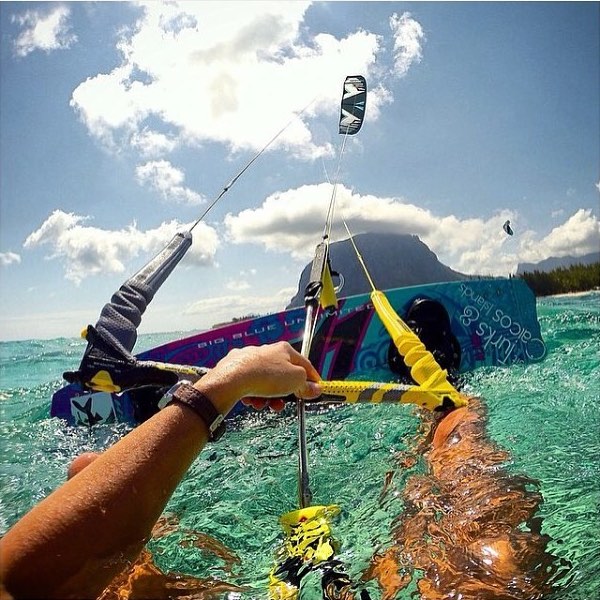
The big mistake I see people making time and time again is they think kitesurfing is something they will crack at the weekends. While this sounds great in practice, unless you live somewhere where it is windy all the time sods law says it’ll never be windy when you’re free.
Meaning people who learn this way often manage, at best, one weekend a month (after life has got in the way). When you consider, in most places the kitesurfing season is maybe 6 months long this means they’ll only be getting 6 sessions a year.
Spread out over 6 months!
Now consider the role of skill fade.
After a month off the water you’re going to take the first 30 minutes of your next session just getting back to where you left off a month ago. Considering most people will only manage 2 – 3 hours on the water when they are learning, (at least half of which is going to be spent walking back up the beach and probably a good amount untangling lines) you’re probably, realistically getting between 30 mins and an hour a month on the water of quality learning time…
Which simply isn’t enough.
To the point where I guarantee you learning like this will most likely lead to you giving up well before you actually ride.
Contrast this with the people who do learn. They book a week or even 2 in a place where it is consistently windy, with an instructor who can maximise their time on the water.
Because they’re practicing every day skill fade is not an issue and at the end of their time they are confident enough to take themselves out when they get back home.
Get Kitesurf Fit BEFORE You Start
Kitesurfing fitness is very specific and if you’re to make the most of your compressed time you need to be in shape so you can perform every day and keep learning throughout the process. Now at the basic level you don’t need to be an Olympic Athlete BUT…
Having a base level of kitesurf specific fitness is very important.
Learning to kitesurf can be a very demanding task, not just physically but also mentally, as it requires a lot of concentration. So the better physical shape you’re in the better you’ll be able to cope with the demands of your lessons.
And it’s not just strength and stamina, I’d also work on your flexibility, especially if you’re a bloke. One of the exercises a lot of people struggle with is getting the damn board on their feet and 9 times out of 10 this comes down to the fact they simply don’t have enough flexibility in their posterior chain.
Because of this I offer a free 1 hour kitesurf specific fitness consultation to anyone who books lessons with me. This is available as soon as they book so they can started right away.
I also give them access to our online course “Ride Upwind in 30 Days” which gives them a load of ideas for things they can do BEFORE they arrive which helps them knock days off their learning time (and so save hundreds on their course costs) which may seem like I’m screwing myself over but I know when I get my clients riding in record time, they’ll tell their friends about me.
Interested in learning to kitesurf 3 times faster?
How do UNLIMITED HOURS Kitesurfing Lessons in the most consistently windy location in the world sound? To GUARANTEE you kitesurf in hours (not months).
Oh…and if there’s no wind…you don’t pay…simple!
LEARN MORE
Choosing Your Location:
Learn in the conditions you will be riding in.
So many people book onto a course and when I ask them what level they’re at they confidently reply, “I’m riding upwind.”
The next question I always ask is, “Ok great…where did you learn?”
When they say Egypt or Dakhla or some other place with perfect wind and a waist deep flat water lagoon I feel my heart slowly breaking for them.
Why?

Because I know when we put them out in Tarifa they are going to struggle to body drag.
Why….
Because the conditions are so much more difficult.
But that’s a bad thing right?
There is a huge amount of advice on the internet saying go to a flat water location with perfect wind to learn and for me it’s some of the worst advice there is…
Sure that will get you riding quickly but what good is it if once you get back to your local spot where it’s choppy and the wind isn’t perfect you’re little better than a beginner? Worse you’re now even more frustrated as you now having to learn everything over again in your home conditions.
The way I’d do it would be to learn in the conditions I was going to ride in.
If I happened to live next to a waist deep flat water lagoon then great, they’re the conditions I’d learn in. For most of us however we have to deal with changing wind directions, chop, swell, gusty wind, other riders…so go somewhere where your going to have to learn to deal with these things.
Does that mean it’ll take you a bit longer to get up and riding? You bet…but you’ll only have to go through the process once!
Choosing Your School
Ok so you’ve chosen a location and carved out the time to do it…now how do you choose which school to go with?
To answer this question you have to realise one thing…
The most precious resource you have when learning to kitesurf is the wind.
So you want to find a school which will make the absolute MOST of every precious breath of wind.
We’ll look at how to do that now.
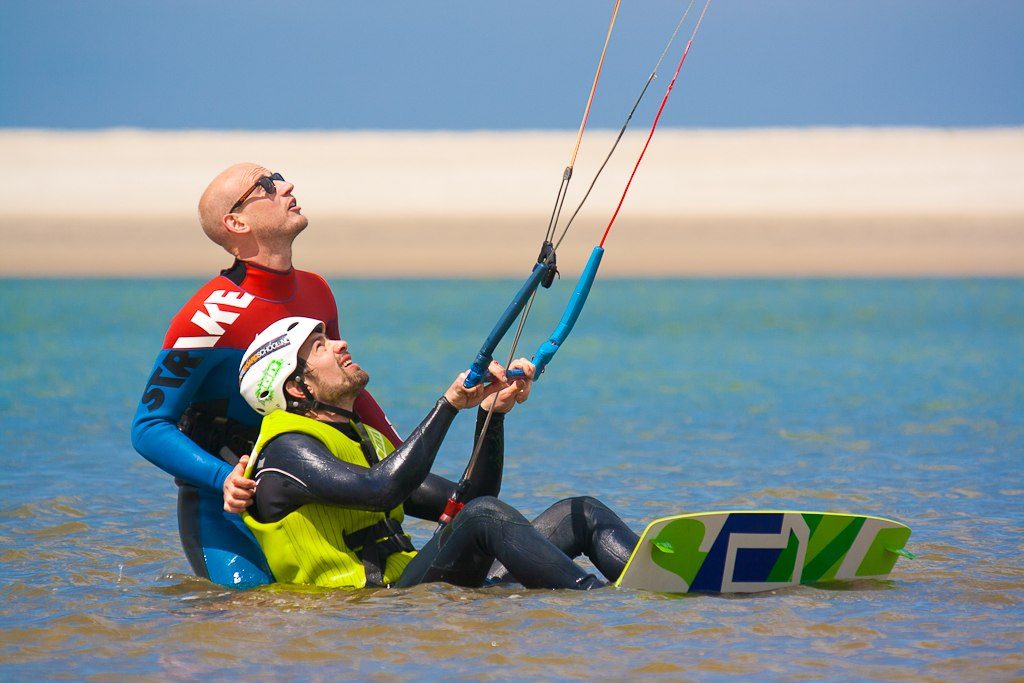
Have an instructor just for you
Most schools force you to fit in with their schedule, you’ve booked a 3 hour block of lessons that day and so you have to do 3 hours that day, this often leads to you taking your lessons (which we know can be pretty pricy) in wind conditions that are far from perfect.
Why?
You see, the instructor may have 2 other lessons to give that day and so has to get your lesson done in the allotted time slot or he won’t be able to teach the other 2 guys. No matter what the wind is doing at that particular time! Note these time slots are often assigned arbitrarily often a day or 2 in advance when the wind conditions are far from certain.
It can easily happen you get given the 10 – 1pm slot only to find out on the day the wind doesn’t come in until 1:30. So you finish your lesson (given in zero wind) and have to walk off the beach because the next student is on their way despite feeling the wind just starting to pick up.
I often see lessons given in ZERO wind, for this exact reason!
So you end up taking a lesson in poor wind, struggling for a few hours and not really getting anywhere and having to finish just as the wind comes in great as the next student is arriving….
The next student who is paying just as much as you are but who is going to enjoy the best wind of the day.
I would look for a school where you are going to get one instructor assigned to you for the day and so has the flexibility to choose the time of day when the conditions are best for the exercise you are trying to master on that particular day.
This also means…
On a day when the wind is rubbish, instead of struggling on and pretending that everything is fine you and your instructor can instead look at the forecast. If tomorrow looks good you can save your money and energy and tomorrow do more hours in great wind where you will progress much faster.
Interested in learning to kitesurf 3 times faster?
How do UNLIMITED HOURS Kitesurfing Lessons in the most consistently windy location in the world sound? To GUARANTEE you kitesurf in hours (not months).
Oh…and if there’s no wind…you don’t pay…simple!
LEARN MORE
Choosing Your Lesson Format
Group, Semi Private or Private
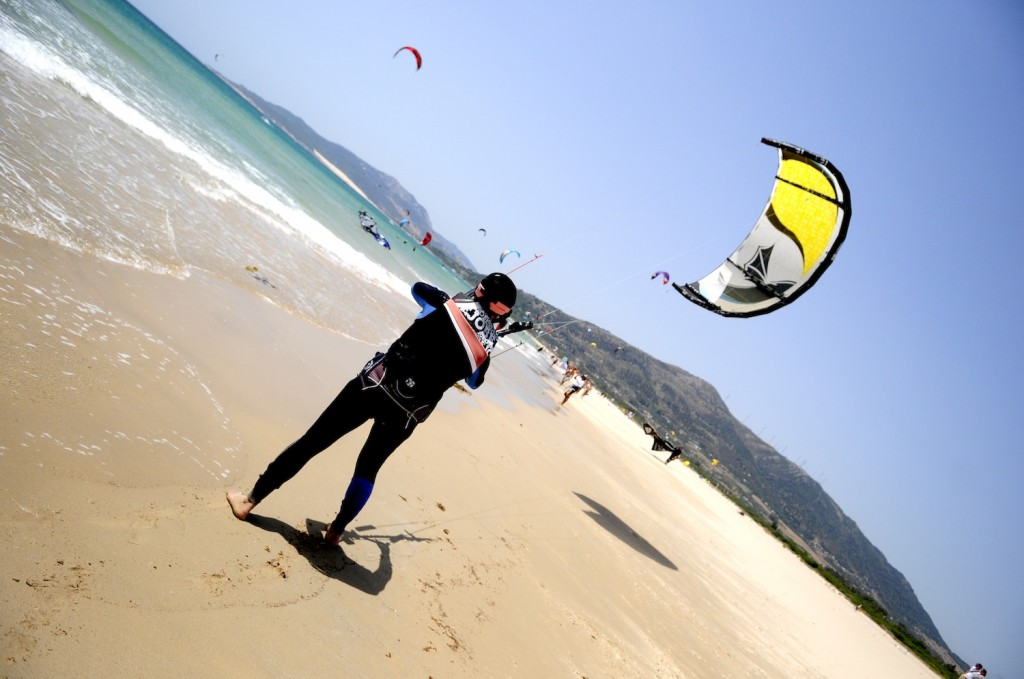
When it comes to learning most schools offer Group, Semi Private or Private lessons. With Group being the cheapest and Private being the most expensive.
For this reason most people choose Group lessons. That’s fine if you’re doing it with mates or are more concerned with having a good time than with actually learning. For the serious kitesurfer Private lessons are the ONLY way to go.
To understand why let’s look at the maths.
In a group lessons there are 4 students, 2 kites and 1 instructor. The students are paired up and given a kite between 2 of them.
Now let’s say you have a 3 hour lesson which costs 60 € or 20 € an hour (pretty average here in Tarifa).
In that 3 hours you are getting a maximum of 1.5 hours under the kite, because your partner is using the kite for the other 1.5 hours. But let’s be realistic, once you take line tangles and swapping the kite back and forth into account you’ll be lucky to get an hour.
Now of that hour, logic dictates your instructor will only be watching (and therefore giving you feedback) for half of that time as the other half they’ll be watching the other pair.
So what you actually get for your 60 € is 1 hour under the kite with 30 mins of instruction and 3 hours of energy used up.
Energy is important as if you’ve compressed your time as mentioned above, you’re going to be doing a lot of exercise over the next week or so. The better you can conserve your energy the more you’ll have in the tank for the rest of the week.
Private lessons are more expensive, often 60 € an hour.
BUT…
you get a kite and an instructor all to yourself. So for each 60 € you are getting an hour under the kite and an hour of instruction. And it’s only taking up an hour of your time and energy, so in one day you can do 2 or 3 hours.
In group lessons you’d be using exactly the same amount of time (group lessons always tend to be a max of 3 hours), you’ll be using the same amount of energy as you’ll be walking up and down just as much as you trail after your partner. But rather than getting 3 hours under the kite as you would with private lessons you’ll only get 1 hour for the same time and energy expenditure.
Now lets say you taken my advice and compressed your learning into a week like I advise above you can suddenly get even more bang for your buck learning with private lessons managing to get 2 or even 3 days worth of group lesson learning into just one afternoon.
Semi private are a great compromise if you’re learning with a mate or partner, not quite as good as private lessons as the instructors attention is divided but you still get a kite to yourself.
Equipment
Get the Right Kite
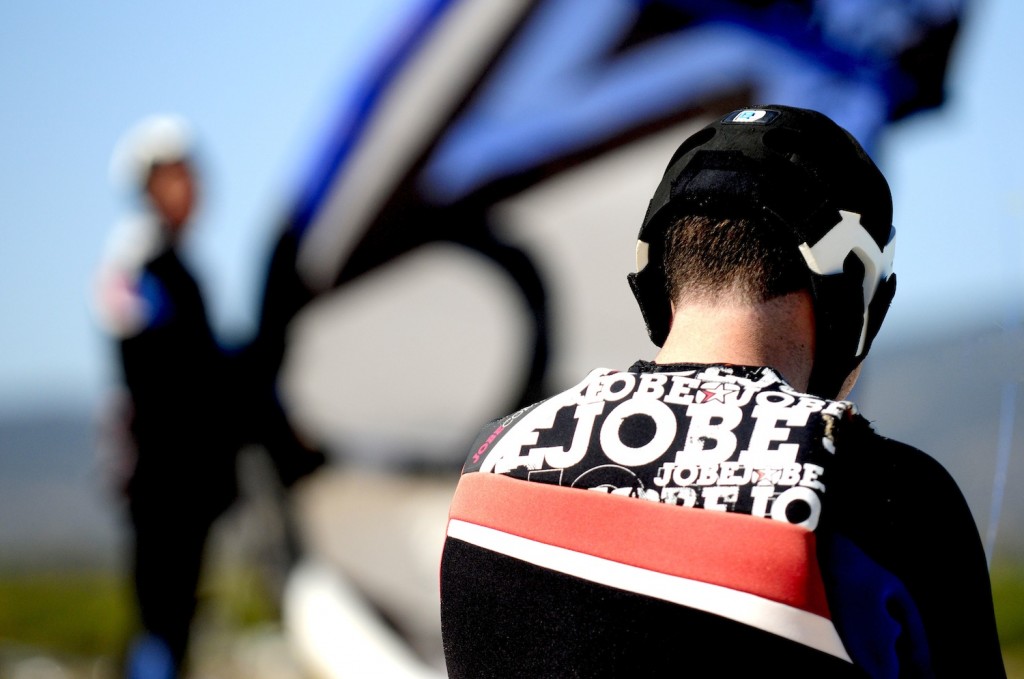
The other major problem I see all the time is people paired up in group lessons with someone who is either at a completely different level to them or is a totally different size to them or more normally…both.
Or that the school simply doesn’t have enough kites in each size for all the people they are teaching on one day.
So what?
Let’s take the example of group lessons but you can easily see how the same theory would apply to simply not having enough kites available.
In group lessons you are sharing a kite.
So let’s say you (for example’s sake) are a 85 kg man who is practicing water start sharing the kite with a 60 kg woman who is practicing body dragging.
Common sense and safety here dictates the the school is going to choose a kite size that fits the woman.
If they give her a kite that is powerful enough to get you up and riding they are placing her in a fair amount of danger (though we have seen it the other way around as well!).
However by choosing a kite that suits her size they have ensured that you have absolutely no chance of EVER succeeding in actually getting up and riding because you are hugely underpowered.
We see cases just like this every day.
So you need to look for a school that has a huge amount of kites available for you (1 of each size is a good place to start) and by choosing private lessons you’ll ensure you never get paired up with an in appropriate partner.
Interested in learning to kitesurf 3 times faster?
How do UNLIMITED HOURS Kitesurfing Lessons in the most consistently windy location in the world sound? To GUARANTEE you kitesurf in hours (not months).
Oh…and if there’s no wind…you don’t pay…simple!
LEARN MORE
Force Multipliers
Short Lines
This is a big one and it’s one that really hasn’t caught on in the kitesurfing world. If I were learning to Kitesurf from scratch I would insist I worked with an instructor who could teach me on short lines.
To go into all the benefits of short lines here is beyond the scope of this article BUT in a nutshell short lines teach you to fly the kite in exactly the same way as you would be on longer lines but they remove all the power, so the kite no longer has the potential to fling you unceremoniously down the beach.
What this means is you can focus on what it is you are supposed to be learning rather than stressing you’re going to do a superman impression.
Because you’re safe you relax much more quickly, which in turn means you learn much more quickly (it also means you enjoy the whole process a HELL of a lot more).
As you progress through the lessons the line length gets longer and longer as your ability to handle the power improves, so the by the time you really need the power, you can control it.
No joke..this one little tweak in the way you’re taught can knock days, if not weeks off the time it takes you to actually get riding, whilst transforming the process from a stressful experience into some of the most fun days of your life.
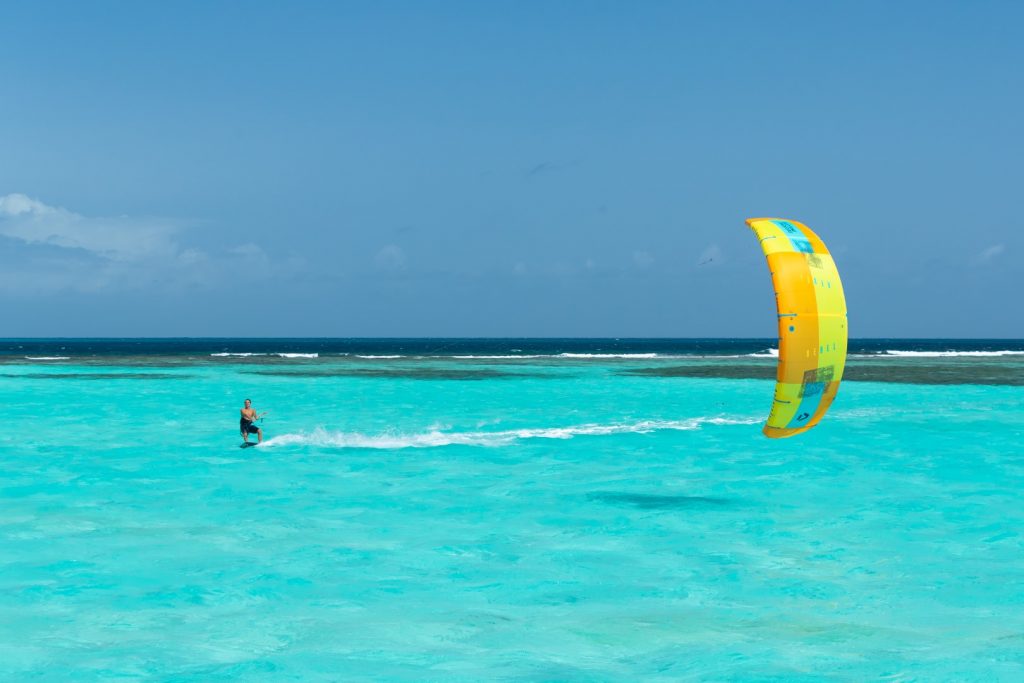
Radio Helmets
Radio helmets are something I’ve toyed with on and off for years desperately trying to make them work. In the end I decided against them for a few very simple reasons.
One, it’s a one way method of communication. Ie the instructor can speak to you but you can’t speak back.
This makes for some very frustrating moments for a student who is 200m off the beach with the instructor telling them over and over to do something but missing some vital part of the puzzle. A part of the puzzle which the student is unable to communicate back to them which results in the student becoming more and more frustrated.
More importantly the goal of any lesson should be to make the student independent. Radio helmets create a growing reliance on the voice in your ear. A lot of learning to kitesurf is guided discovery, in that you are shown what to do and then you go and discover the nuances for your self on the water. With an instructor screaming in your earhole this is very difficult to do.
The final thing which convinced me against them is simply overwhelming the student. You already have enough things to think about there and having a voice in your ear only makes this worse. A good instructor should be able to plant the idea of what needs to happen firmly in the students mind before they get on the water and then let the student execute.
Video Feedback
This is something which is catching on in many schools and for good reason. The ability to actually see the mistakes you are making is a HUGE advantage. However most schools do it wrong They will wait until the end of the day of the next morning to run through the video’s.
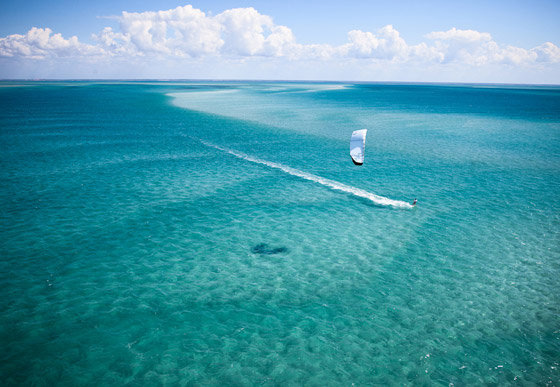
When learning any sport the shorter the feedback loop the greater the results SO we need feedback on our mistakes immediately after making them. TO get the most from video feedback your instructor should be showing you the video of what your trying to correct immediately after making it (or as close as is possible to doing do).
So called Real Time Feedback is much more valuable than studying your mistakes in a classroom a few hours later as you now have a chance on the next run with the pictures still fresh in your mind to actually go out and do it differently.
What Now?
Over the years I’ve been asked the question,
“If I were to learn again today, what would I do differently?”
many, many times. As I’ve answered it again and again I’ve often noticed there were things I was saying which I wasn’t actually implementing in the way I taught. So I’ve let my answers to this question shape the way I teach and so can proudly offer you lessons in which all the above suggestions are implemented.
So if you come to take lessons with me as your instructor you’ll:
Learn To Kitesurf 3 Times Faster
With UNLIMITED HOURS Kitesurfing Lessons In The Most Consistently Windy Location in The World To GUARANTEE You Kitesurf In Hours (Not Months) & Save HUNDREDS On The Cost Of Learning To Kitesurf
And If There’s No Wind…You Don’t Pay…Simple!
LEARN MORE
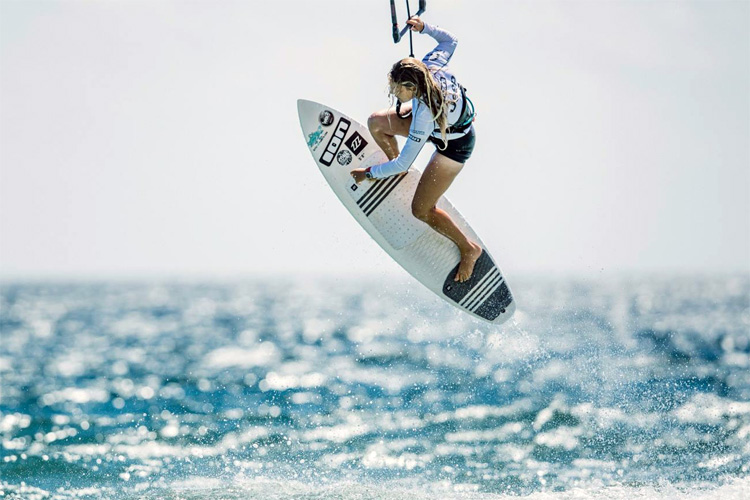








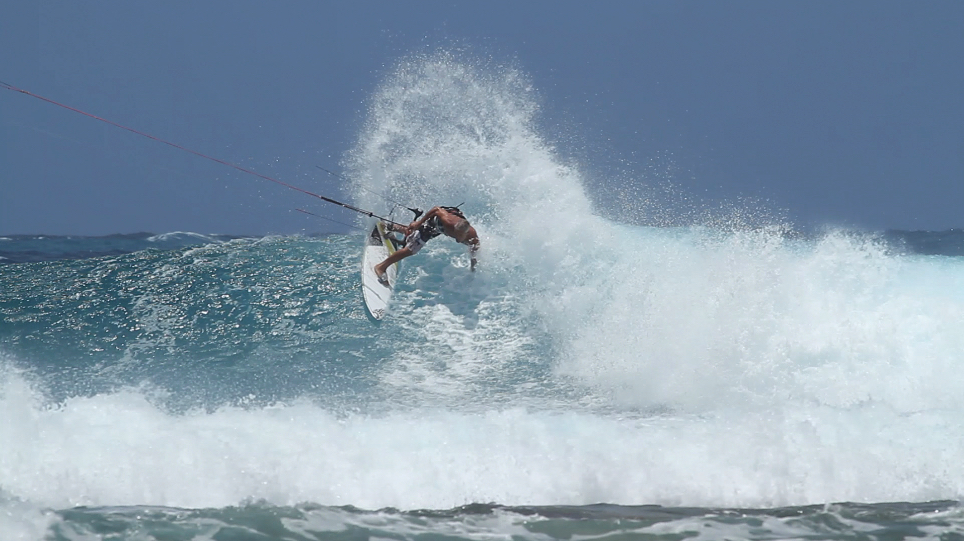
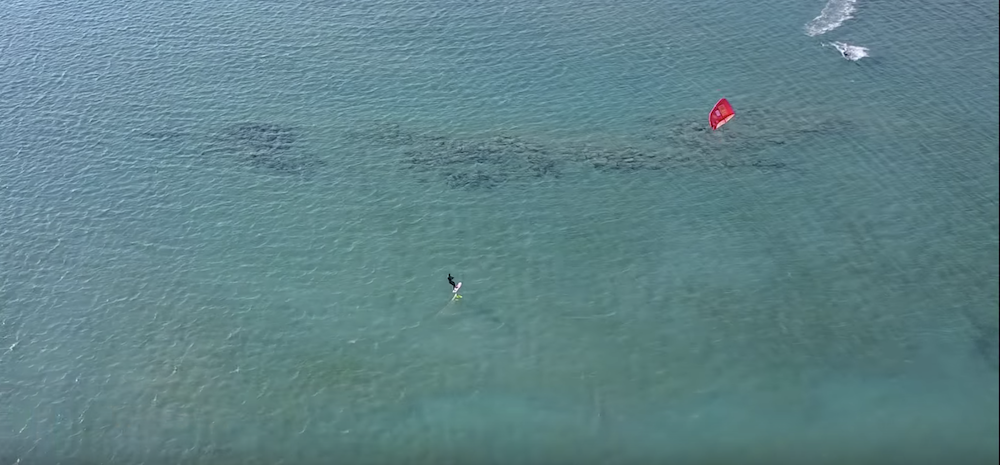
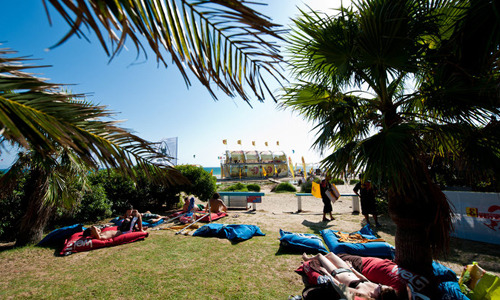
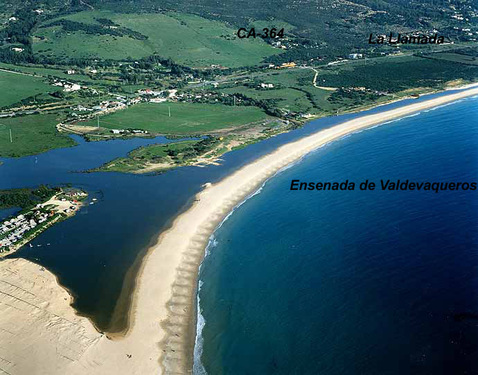
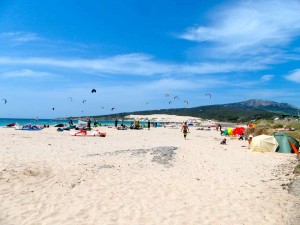 GOOD POINTS:
GOOD POINTS: